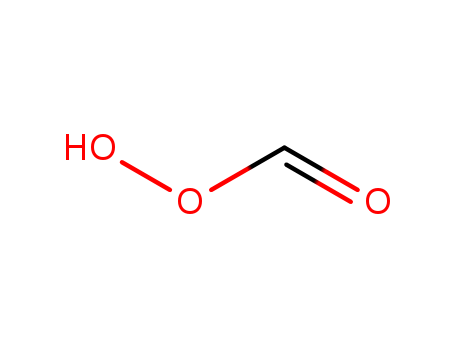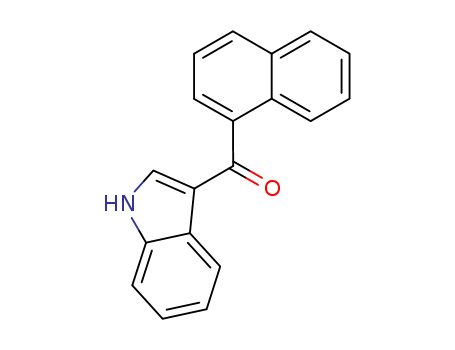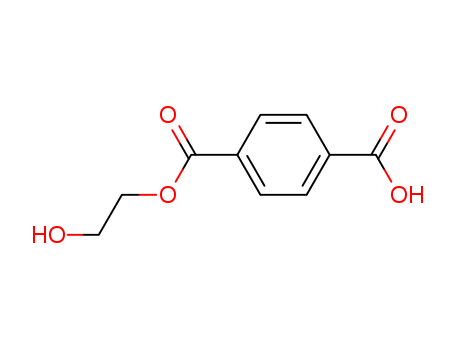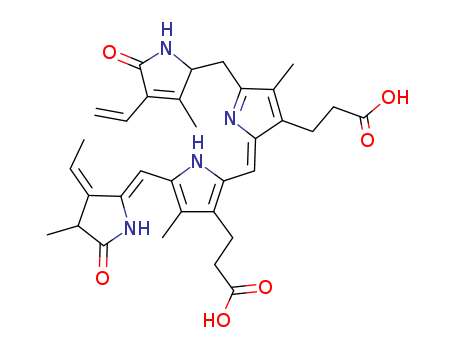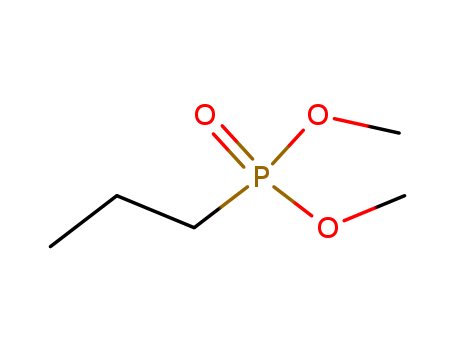- Product Details
Keywords
- Crotonic acid
- 3724-65-0
- C4H6O2
Quick Details
- ProName: C4H6O2 Crotonic acid 3724-65-0
- CasNo: 3724-65-0
- Molecular Formula: C4H6O2
- Appearance: Powder
- Application: 3724-65-0 ...
- DeliveryTime: by air
- PackAge: Aluminium Foil Bag and Paper Drum
- Port: Any port of China
- ProductionCapacity: 100 Metric Ton/Day
- Purity: 99.5%
- Storage: 1MT
- Transportation: By Sea/Air/DHL
- LimitNum: 1 Metric Ton
- Grade: Industrial Grade,Food Grade,Pharma Gra...
Superiority
Our company was built in 2009 with an ISO certificate.In the past 5 years, we have grown up as a famous fine chemicals supplier in China and we had established stable business relationships with Samsung,LG,Merck,Thermo Fisher Scientific and so on.Our main business covers the fields below:
1.Noble Metal Catalysts (Pt.Pd...)
2.Organic Phosphine Ligands (Tert-butyl-phosphine.Cyclohexyl-phosphine...)
3.OLED intermediates (Fluorene,Carbazole,Boric acid...)
4.Customs Synthesis
Our advantage:
1. Higest quality and good package
2.Fast delivery
3.Better payment term
4.Fast response to customer within 6 hours
5.Good business credit in Europe ,US ,Japan ,Korea
Anyway ,if you need any chemicals from China ,Henan Tianfu can help you
Details
| Crotonic acid Basic information |
| Product Name: | Crotonic acid |
| Synonyms: | ’rotonicacid;2-Butensαure;3-methyl-acrylicaci;3-Methylacrylsαure;a-butenoicacid;Acrylic acid, 3-methyl-;CH3CH=CHCOOH;crotonic |
| CAS: | 3724-65-0 |
| MF: | C4H6O2 |
| MW: | 86.09 |
| EINECS: | 203-533-9 |
| Product Categories: | Pharmaceutical Intermediates;Fine Chemical |
| Mol File: | 3724-65-0.mol |
|
|
|
| Crotonic acid Chemical Properties |
| Melting point | 70-72 °C(lit.) |
| Boiling point | 180-181 °C(lit.) |
| density | 1.027 g/mL at 25 °C(lit.) |
| vapor density | 2.97 (vs air) |
| vapor pressure | 0.19 mm Hg ( 20 °C) |
| FEMA | 3908 |
| Fp | 190 °F |
| Water Solubility | soluble |
| CAS DataBase Reference | 3724-65-0(CAS DataBase Reference) |
| NIST Chemistry Reference | Crotonic acid(3724-65-0) |
| EPA Substance Registry System | 2-Butenoic acid(3724-65-0) |
| Safety Information |
| Hazard Codes | C |
| Risk Statements | 21/22-34 |
| Safety Statements | 26-36/37/39-45 |
| RIDADR | UN 2823 8/PG 3 |
| WGK Germany | 3 |
| RTECS | GQ2900000 |
| Hazardous Substances Data | 3724-65-0(Hazardous Substances Data) |
| MSDS Information |
| Provider | Language |
|---|---|
| 2-Butenoic acid | English |
| SigmaAldrich | English |
| ACROS | English |
| ALFA | English |
| Crotonic acid Usage And Synthesis |
| General Description | A white crystalline solid. Shipped as either a solid or liquid. Melting point 59°F. Soluble in water and less dense than water. Flash point 190°F. Corrosive to metals and tissue. |
| Air & Water Reactions | Soluble in water. |
| Reactivity Profile | Crotonic acid is a carboxylic acid. Carboxylic acids donate hydrogen ions if a base is present to accept them. They react in this way with all bases, both organic (for example, the amines) and inorganic. Their reactions with bases, called "neutralizations", are accompanied by the evolution of substantial amounts of heat. Neutralization between an acid and a base produces water plus a salt. Carboxylic acids with six or fewer carbon atoms are freely or moderately soluble in water; those with more than six carbons are slightly soluble in water. Soluble carboxylic acid dissociate to an extent in water to yield hydrogen ions. The pH of solutions of carboxylic acids is therefore less than 7.0. Many insoluble carboxylic acids react rapidly with aqueous solutions containing a chemical base and dissolve as the neutralization generates a soluble salt. Carboxylic acids in aqueous solution and liquid or molten carboxylic acids can react with active metals to form gaseous hydrogen and a metal salt. Such reactions occur in principle for solid carboxylic acids as well, but are slow if the solid acid remains dry. Even "insoluble" carboxylic acids may absorb enough water from the air and dissolve sufficiently in Crotonic acid to corrode or dissolve iron, steel, and aluminum parts and containers. Carboxylic acids, like other acids, react with cyanide salts to generate gaseous hydrogen cyanide. The reaction is slower for dry, solid carboxylic acids. Insoluble carboxylic acids react with solutions of cyanides to cause the release of gaseous hydrogen cyanide. Flammable and/or toxic gases and heat are generated by the reaction of carboxylic acids with diazo compounds, dithiocarbamates, isocyanates, mercaptans, nitrides, and sulfides. Carboxylic acids, especially in aqueous solution, also react with sulfites, nitrites, thiosulfates (to give H2S and SO3), dithionites (SO2), to generate flammable and/or toxic gases and heat. Their reaction with carbonates and bicarbonates generates a harmless gas (carbon dioxide) but still heat. Like other organic compounds, carboxylic acids can be oxidized by strong oxidizing agents and reduced by strong reducing agents. These reactions generate heat. A wide variety of products is possible. Like other acids, carboxylic acids may initiate polymerization reactions; like other acids, they often catalyze (increase the rate of) chemical reactions. |
| Health Hazard | TOXIC; inhalation, ingestion or skin contact with material may cause severe injury or death. Contact with molten substance may cause severe burns to skin and eyes. Avoid any skin contact. Effects of contact or inhalation may be delayed. Fire may produce irritating, corrosive and/or toxic gases. Runoff from fire control or dilution water may be corrosive and/or toxic and cause pollution. |
| Fire Hazard | Combustible material: may burn but does not ignite readily. When heated, vapors may form explosive mixtures with air: indoors, outdoors and sewers explosion hazards. Contact with metals may evolve flammable hydrogen gas. Containers may explode when heated. Runoff may pollute waterways. Substance may be transported in a molten form. |
| Crotonic acid Preparation Products And Raw materials |





 Assessedsupplier
Assessedsupplier



